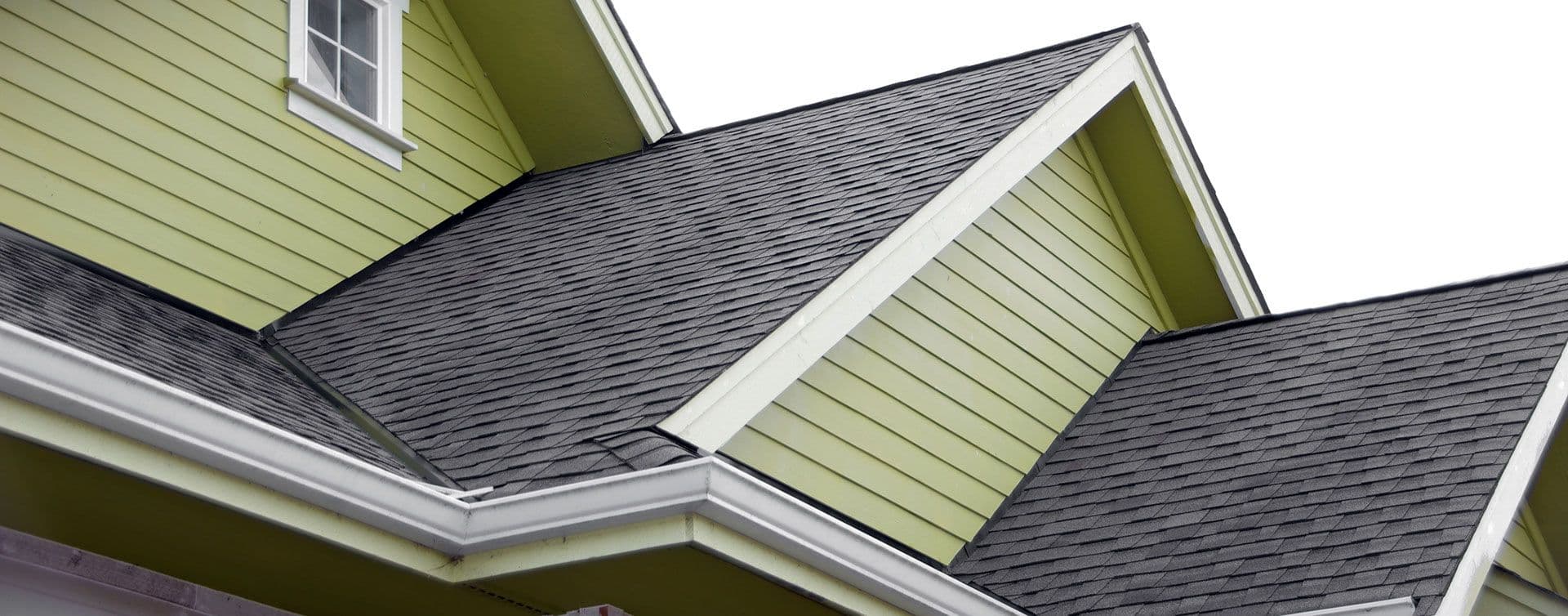
Understanding and Preventing Thermal Bridging
When it comes to energy efficiency, many homeowners are aware that it’s important but are not experts on the ways to keep energy costs under control. If you see your heating bill increase, you will notice, but you may be less certain about what to do to mitigate the problem. Is your insulation insufficient? Should you replace your windows or doors? Is the issue an outdated and inefficient furnace? It might surprise you to hear that the culprit in many homes is a rarely discussed principle called thermal bridging.
What is Thermal Bridging?
In the simplest terms, thermal bridging is when there is a gap in the R-value of your home – an area where heat and cold more easily penetrate your home’s envelope. If you stripped your house down to the studs, it would be relatively easy to see how this happens. When you frame a building using traditional methods, studs are placed at regular intervals to create the exterior shape that is then covered with plywood to create a barrier protecting your home from outside weather. To create the R-value or insulation level of your dwelling, builders add an insulating material to the spaces between the studs, covering that with sheetrock for a finished look. You are left, however, with regular intervals where the only materials separating your room from the outside world are sheetrock, plywood and a small piece of lumber. These areas are where thermal bridging occurs. Besides where the studs are, you can also have thermal bridging around windows, doors or any other place where energy quickly transfers.
How to Mitigate Thermal Bridging
The best way to minimize thermal bridging is through careful construction. Using fewer studs creates smaller areas of thermal bridging, while people who use metal beams will notice more conduction in that area. Upgrading to weather sealed windows and doors will also create a tighter seal for energy efficiency. However, many people are already living in their home before they realize that there is a bridging issue, and steps must be taken post construction. One of the bests ways to close thermal bridges without needing an extensive interior remodel is to add high-density foam insulation sheets to the exterior of your home. This requires removing the layer of siding or stucco, but it is quite effective in reducing thermal bridging. If you are up for a remodel, replacing traditional fiberglass bats with something like a spray foam insulation adds a barrier layer to the studs. You can also replace drafty windows and doors with options that are designed to reduce energy transfer.
On a cold day, it’s not difficult to detect areas of your home where you have thermal bridging. You can run your hand along any exterior wall and feel the colder spots. This exercise will help you understand how much energy is wasted through unnecessary thermal transfer. The good news is that there are options for homeowners who want to stop thermal transfer. At Hunterdon Siding, we understand thermal bridging and offer a full array of services that will bring your home to top efficiency levels, and we’re ready to share our complete list of solutions that address this common problem.
We serve Flemington, New Jersey, as well as a number of other surrounding towns. Be sure to check our service area to see if we can help!
Request a
Free Estimate
What Our Clients Say
After receiving multiple estimates we decided to go with Hunterdon siding for our new roof, gutters, and skylights. Essentially they offered the best long term warranty. All the representatives were very nice and quick to respond with any questions or concerns. They were quick and efficient while keeping a keen...
When I needed to replace two windows and a door, my daughter recommended that I hire Hunterdon Siding & Window Company and I am so glad that I did! The entire process was flawless. The installers were thorough, polite and worked hard to ensure my windows and door were installed...
Hunterdon Siding just completed replacing our roof; replacing a large bay window and did some gutter work. Their pricing was the best we found for the products used. From the very first contact, until the completion of the job, they did everything they said they would do when they said...



Contact Hunterdon Roofing, Siding and Window Company

Monday - Friday 8:00 AM - 4:00 PM
Our Trusted Partners
For more than 17 years, homeowners have trusted us when it comes to all their exterior needs.











